Is this Tuscany’s best-kept secret?
The Italian region is known for its rolling hills and historical towns but it also has beaches and lagoons.
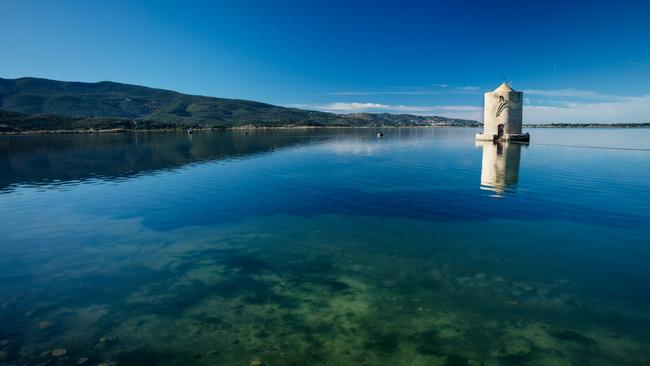
When people think of Tuscany, they rarely picture the sea. And yet Tuscany has one of Italy’s longest coastlines, the southern stretch of which is known as Maremma – a wide expanse of marshland that separates the mountains from the sea.
The wooded mountains of inland Tuscany give way to wide-open expanses of gentle rolling hills dotted with olive trees, at which point you know that the sea isn’t far away.
All roads lead to Rome, and the one from Siena along the coast is called Via Aurelia, which thrills and delights at every turn.
Aurelia is the feminine for the Roman Aurelius, derived from “golden”, alluding to the wheatfields lining the road that blaze with colour in high summer. Long avenues of umbrella pines separate the coast from the road, alerting you to the proximity of the beach.
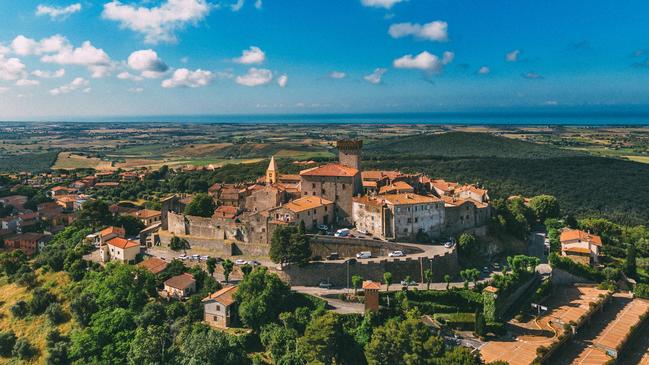
The hidden coast of Tuscany
This stretch of coastline has been inhabited for millennia. The buzzing town of Orbetello, which sits on the lagoon connecting the island-like promontory of Monte Argentario, was originally an Etruscan settlement.
The mighty city walls, still very much standing, were built in the 5th century BCE. The Etruscans began work on the city cathedral, but this was taken over by the Romans when they took control of Orbetello and the local area in the 5th century CE. Its Gothic facade was added a thousand years later.
Every year, Orbetello hosts a food festival to coincide with All Souls’ Day on November 1. The town is dotted with stands showcasing fresh produce and making local recipes, as well as dishes from the surrounding area and nearby islands.
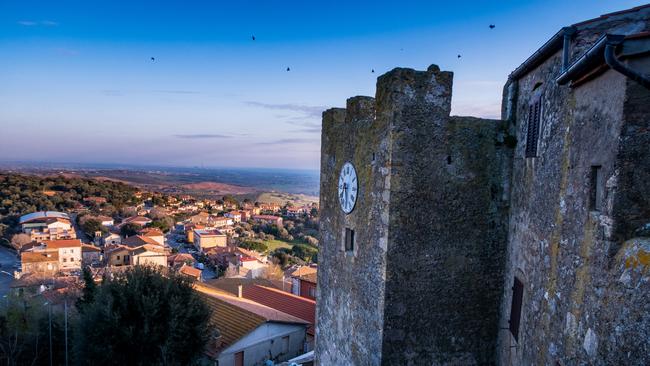
What to eat in Maremma
The food of Maremma is a mixture of land and sea. I met a man from Ansedonia who described it as having a choice between two restaurants on either side of the road: if you choose the side hugging the coast, the menu will consist entirely of fish; cross over to the inland side and you will be offered dishes made with beans, chestnuts, wild boar, rabbit and even snails – minestra di lumache (snail stew) features on many stands at the food fair.
Snails aside, the food of this area is similar to the agricultural cucina povera I grew up with. Many Maremman dishes can be found throughout Tuscany and beyond, such as ravioli Maremma (the now-ubiquitous ravioli stuffed with spinach and ricotta) and cinghiale in umido (wild boar stew).

But there are also local dishes that you can only really find in Maremma, such as acquacotta (vegetable soup with eggs poached in it) and pasta alla buttera, a meat ragu named after local butteri, cowboys who historically wrangled the buffalo that roamed the coastal marshes.
The famous British-born writer and wartime diarist Iris Origo had a connection to this nearby stretch of coast as her father-in-law was from the area. In the now-famous gardens she built at her home, La Foce, there is a sculpture of several butteri on horseback, struggling to herd these enormous horned beasts through the marshes.
This combination of land and sea is very different from the rocky stretches of the Tyrrhenian further south in Campania; in Maremma, the beaches are sandy and the waters shallow, making a bucket-and-spade day an uncomplicated affair. The only task is to haul yourself along the beach to a restaurant for lunch.
For as long as I can remember one such favourite has been the Carmen Bay restaurant on a stretch of beach known as Macchiatonda, a short drive off the Aurelia beyond the train tracks that hug the coast.
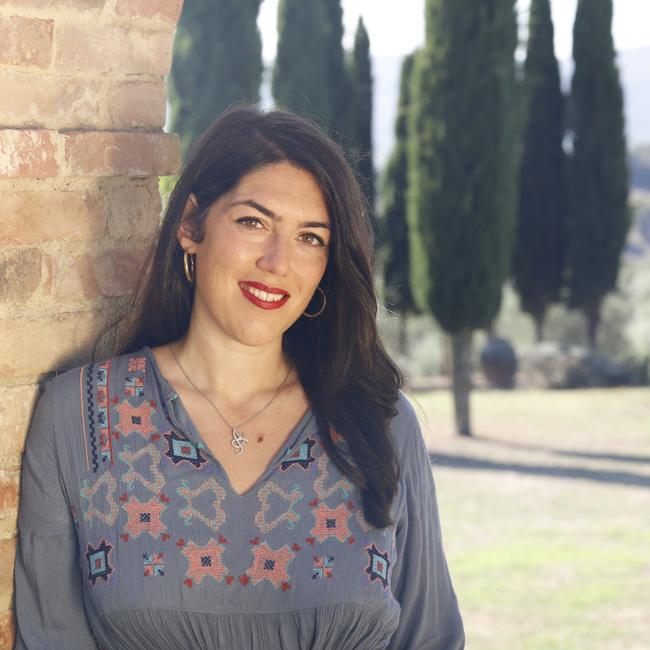
The restaurant is simple and easy going, though there is a rule of thumb when ordering: choose pasta and it will arrive in five minutes; order fish and you will be waiting for hours. I never mind this as I usually eat a plate of pasta while waiting for the fish. After all, if the sun is shining and there is a crisp glass of wine to be sipped, what’s the rush?
What to do on the Tuscan coast
Another heavenly spot a little further north up the coast is Ansedonia, a beach sheltered by a large headland. Every year we make a pilgrimage to this beach with our great friend Beatrix and a painter friend named Tom.
There’s nothing there except a tiny shack selling sandwiches and piping-hot coffee, though a short wander down the beach leads to another favourite eatery, La Strega, which makes a mean frittura di mare (calamari and prawns fried in a light crispy batter, served with a wedge of lemon), spaghetti con bottarga and salt-baked wild sea bass from the Tuscan archipelago.
If you visit in May there will be no one on the beach, except perhaps for a keen treasure hunter, snorkelling with a waterproof metal detector looking for who knows what. The water will be cold, but the promontory and grass leading to the beach is thick with poppies and spring wildflowers. A very different story from summer, when the beach is filled with families cooling down from the oppressive heat.
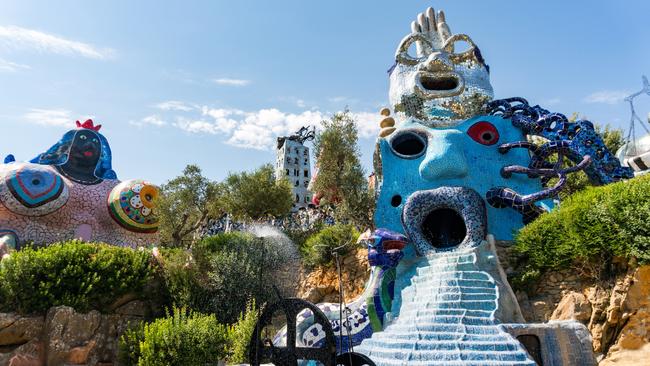
In the evenings we would often take a trip up to the hilltop town of Capalbio, which stands like a beacon overlooking the Maremma, with its battlements and gorgeous views, the blue and pink light casting long shadows across the undulating landscape.
Down the road is one of the most surprising additions to the Maremma: the Tarot Garden of Niki de Saint Phalle. The French surrealist sculptor built this bizarre playground on a patch of hillside gifted to her by Carlo and Nicola Caracciolo. Photographs often make it look kitsch and tacky, but in real life it’s like a fantasyland brought to life. Building-sized, mosaiced sculptures represent the cards from a tarot reading.

Some of the sculptures have in fact served as buildings – the most impressive being a giant blue sphinx with stairs up to her back from where you can see the sea, and inside de Saint Phalle’s own apartment, including a bedroom, bathroom, kitchen and dining room, all covered floor to ceiling in mirror shards. The dazzling effect eventually forced Saint Phalle to move out as she felt it was driving her mad.
I have visited the open-air museum with artist friends who say it completely changed their outlook and scope of ambition for their own work.
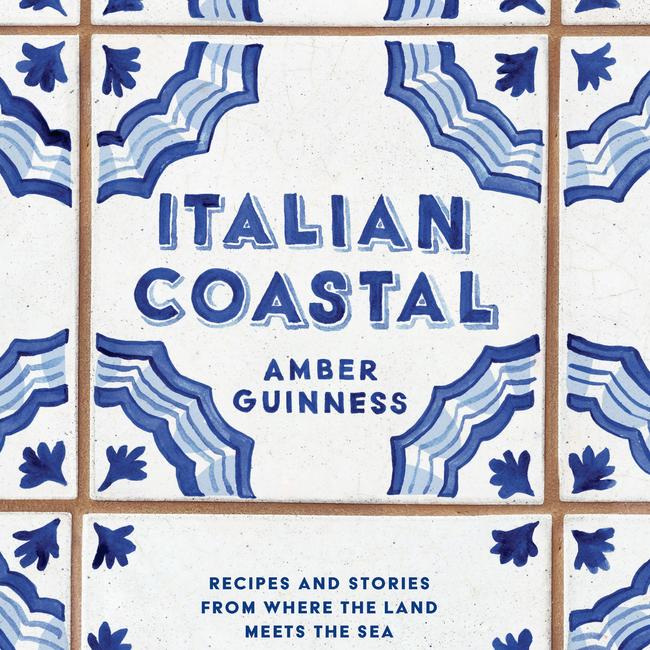
This is the charm of the Maremma: it’s a slow-burn, surprising place whose appeal grows on you by degrees. Unlike the southern Tyrrhenian, with its dramatic landscapes that virtually smack you in the face, the land here is flat, calm and undulating. The train chuffs along the coastal train track, buffaloes mosey across fields, and the sea laps gently on to sandy beaches. With its ethereal feel and ambiguous quality, there are few more meditative experiences than looking out to sea from the southernmost point of Tuscany.
British-born Amber Guinness grew up in Tuscany and lives between London and Florence. This is an edited extract from her latest book, Italian Coastal, on sale in Australia next week (Thames & Hudson, $65).


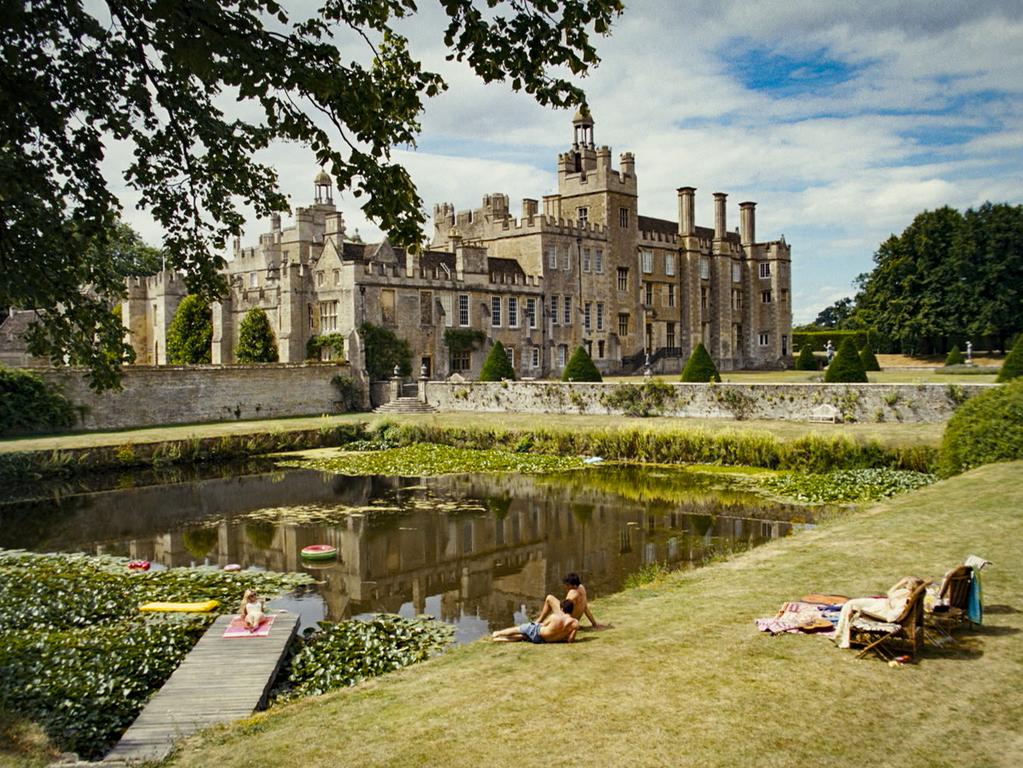

To join the conversation, please log in. Don't have an account? Register
Join the conversation, you are commenting as Logout